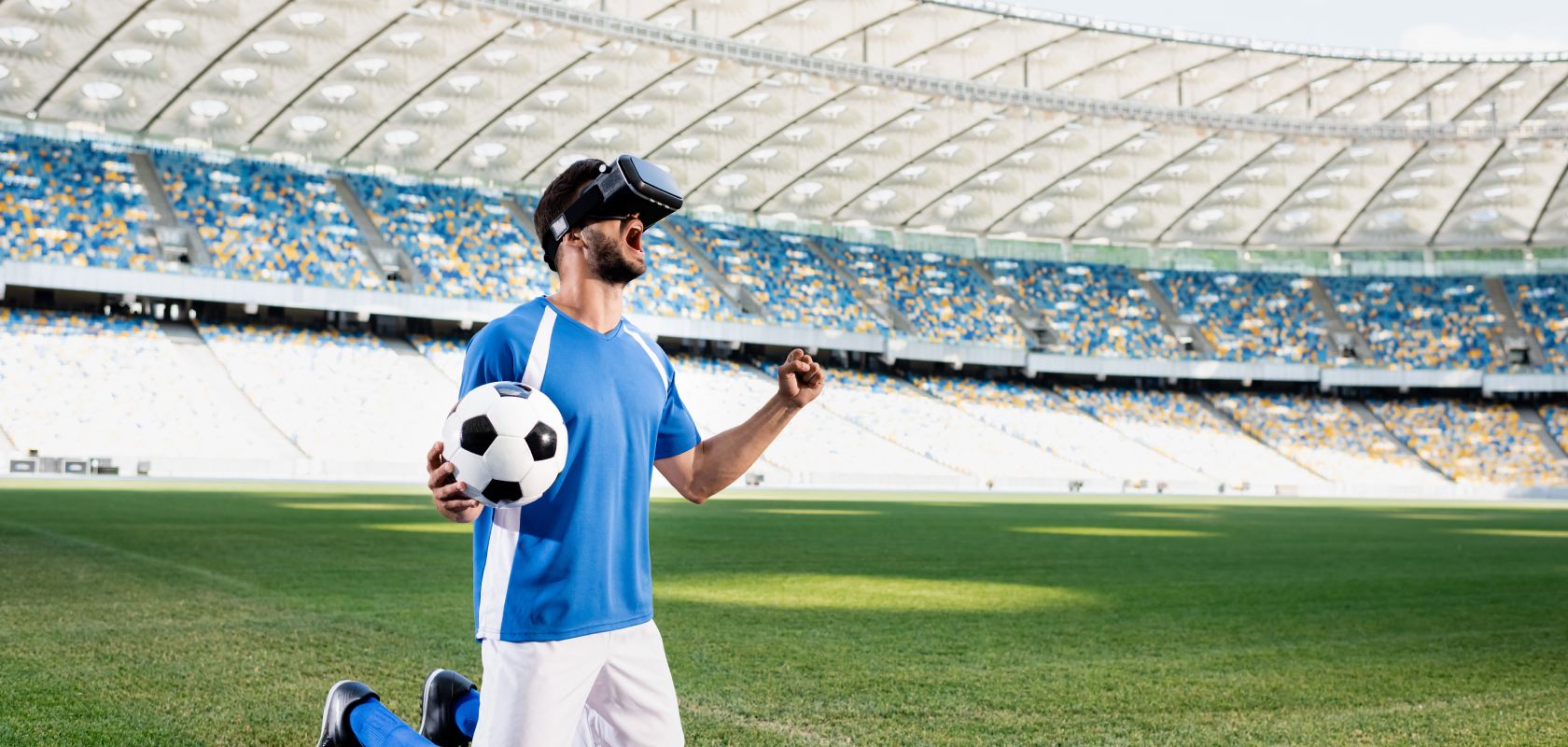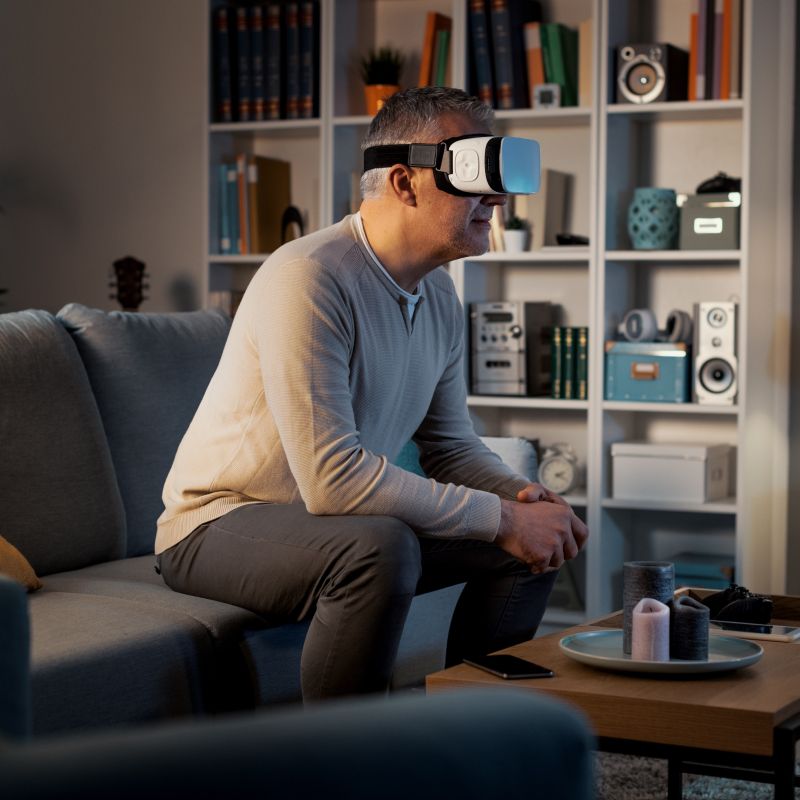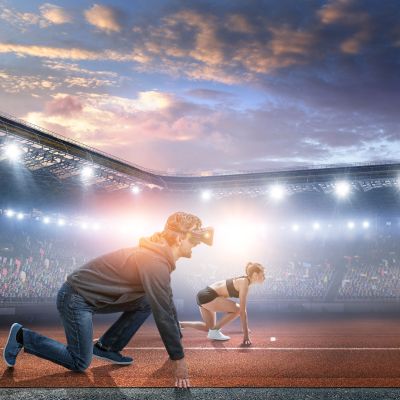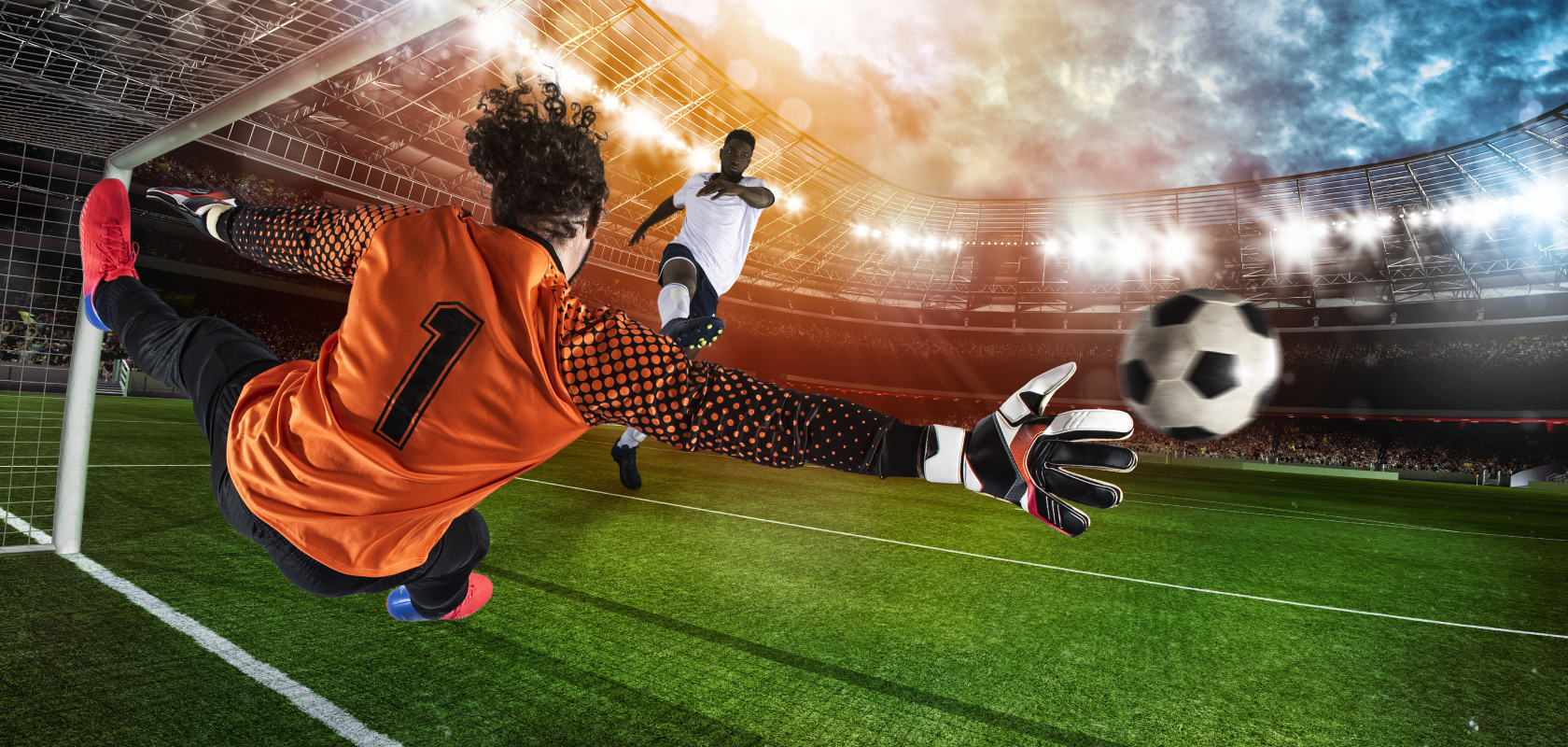SPORTS
Transforming Sports Through Virtual Reality and Augmented Reality
The future of sports seems to be inherently attached to XR (Extended Reality). For the past few decades, technology has been applied in the sports industry, may it be helping umpires validate points in tennis or enabling the VAR feature in FIFA’s soccer matches. Today, this technology has the potential to revolutionize how teams and fans experience sports.
There are three major types of Extended Reality technologies: Virtual Reality (VR), Augmented Reality (AR) and Mixed Reality (MR). All these three types of technology can help athletes and coaches improve their game through specific methods based on different layers of virtual simulation. XR applications will utilize features such as virtual simulations of real locations, movement tracking, and digitally generated objects to produce not only more performance improvement options for athletes, but multiple new and interesting viewing experiences to sports fans.
Virtual Reality in Sports
Virtual reality (VR) is the most popular ramification of Extended Reality (XR). It is often referenced as the future of the gaming world and the prime foundation for the metaverse experience. Virtual reality offers a complete virtual experience, and it is the most immersive XR technology. This level of virtual world-building it is what allows VR to be used to improve the experience in multiple industry sectors, including entertainment, virtual social engagements, gaming and, of course, the sports industry.
New Viewing Experiences
A 360° viewing experience of sports matches. for example, is one of the things this type of technology can offer. With the assistance of a VR headset and/or a designated app, spectators can have a brand-new watching experience from home.
This new way of watching and experience sporting events has already used in soccer matches of teams such as Real Madrid and Manchester City, multiple NHL hockey games, NASCAR races, and has been offered as a VR broadcasting option in the SuperBowl more than once.
Improving Athlete’s Performances
Simulations created by VR can be very effective. 3D simulations of matches can be created to generate simulations to be watched through VR headsets. Coaches and players can assume the position of any player during a match to assess all detail of the game, and correct crucial mistakes. These VR experiences are critical for post-game analysis, and can be performed indoor, avoiding potential and unnecessary risks.
Augmented Reality in Sports
Augmented reality (AR) provides a mixture between the real world and digitally created elements. AR technology observes real world behavior and then overlays real life elements with computer-generated objects, images, forms and more.
Augmented Reality provides the 3D technology that sports channels need to overlay replays, allowing the commentators to offer more in-depth analysis of game plays. This adds an extra layer of dynamism to the broadcasting, favoring the in-home experience of sports fans. AR provides engaging in-stadium experiences. For examples, during half-time shows it can deliver dynamic and immersive 3D content that can be visualized with the assistance of your mobile phone, including commercials.
Mixed Reality in Sports
Mixed Reality (MR) also manages to merge digital elements with physical reality in its own way. The tech’s being extensively used as an alternative to regular training, may it be in indoor or outdoor environments.
With MR, you have the option of creating specific in-game situations for athletes to go through again and again. This type of training video also happens through the simulation of a player’s POV angle, adding an extra layer of realism to the experience.
These simulations can include computer-generated obstacles or even players, which can be inserted in such a way that athletes must push their abilities to maximum capacity. Through repetition of the same exercise, players and their coaches can easily identify mistakes, and then explore new game strategies and techniques.
Mixed Reality can also help teams prior to facing specific opponents, by allowing them to inspect the opponent’s stadium or arena without having to be physically present.
On top of that, MR can also help scouts and agents to find new talent all over the world. Digital interfaces are being developed to allow the rating of young athletes through data collection based on their physical performance.
What Lies Ahead
XR applications are on a high rise and the virtual worlds they can place at our disposal can enable the sports industry to evolve in new and exciting ways. As the sports industry makes its way to a durable entanglement with XR technologies, teams and athletes will constantly be presented with more ways to improve their craft and the spectators will be discovering new ways to enjoy it.





